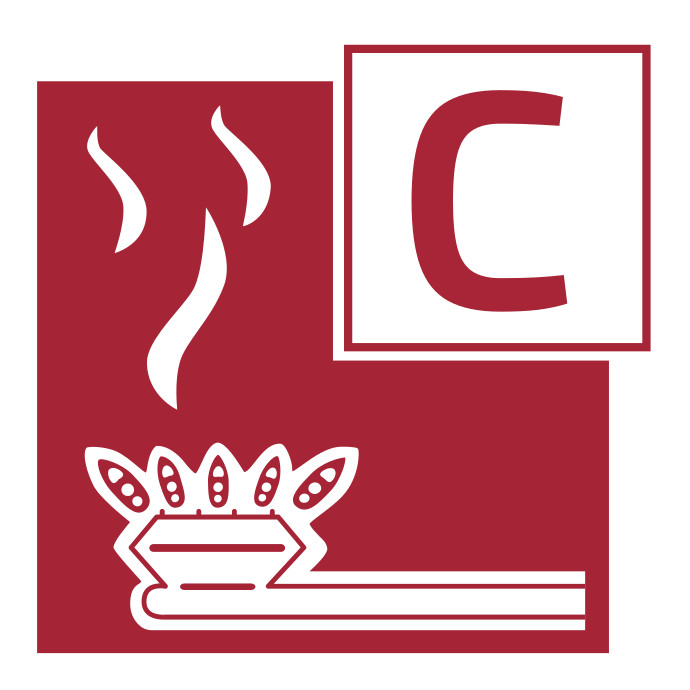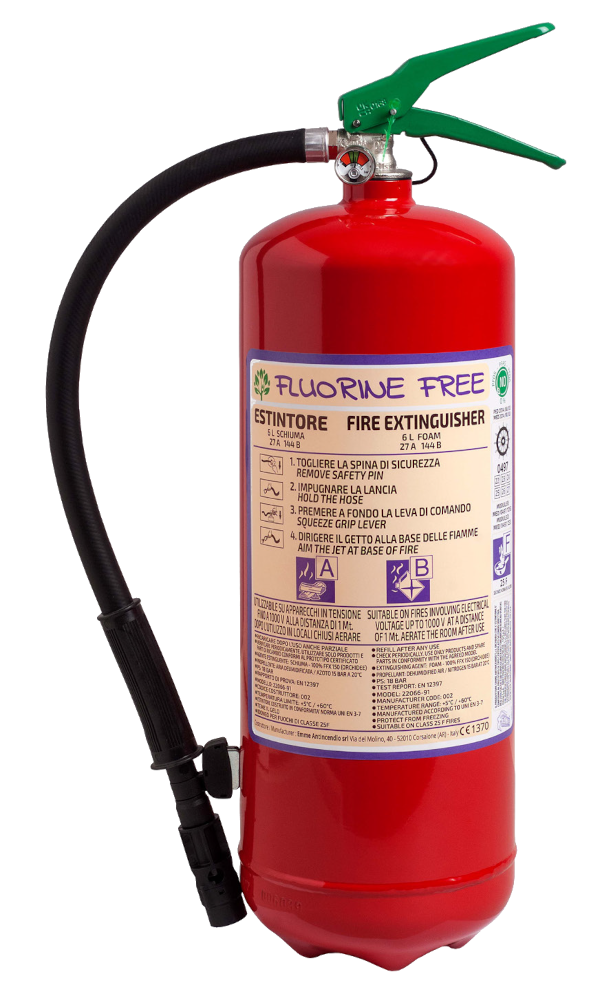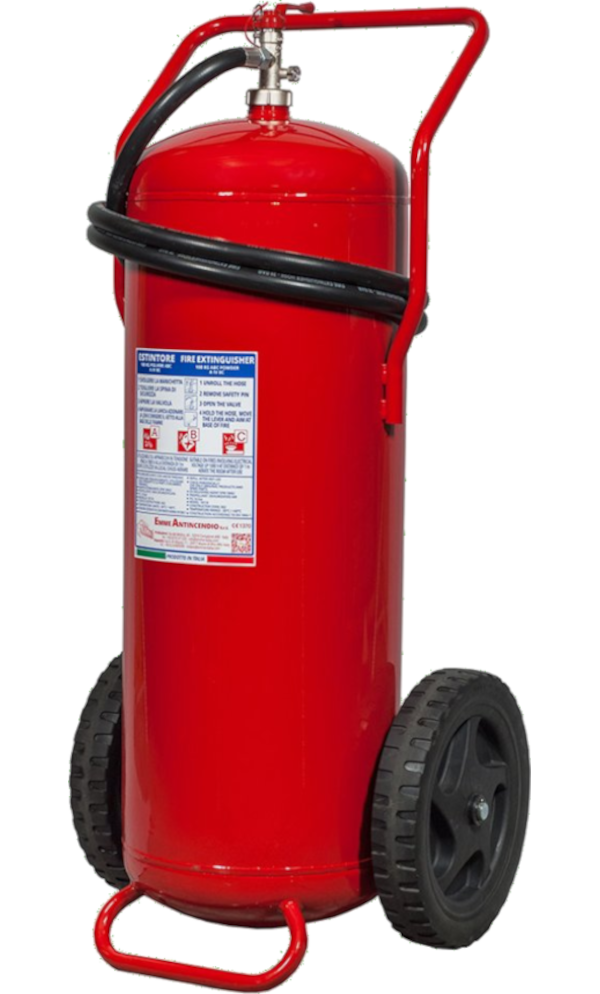Fire class C represents fires that can develop in the presence of a leakage of butane, propane, methane, G.P.L., hydrogen, acetylene.
By nature, gas has no shape, volume or surface area, which is why flammable gases in air are very dangerous: they have a high probability of flame propagation and the risk of causing an explosion is high.
Therefore, when acting on this type of fire, it is necessary above all to attempt to block the escape of gas by obstructing its flow (by means of the valve or by closing any leak); given the complexity of the operation, it may be necessary to wait for the competent authorities or for employees with emergency management skills to come to the rescue.
In this case, there is no test according to current standards to determine the suitability of the fire extinguisher or other equipment for this specific fire class, but it is only possible to indicate class C for powder fire extinguishers that have passed at least the test required for fire class B.
If you are facing a class C fire, you can use water, either a fractioned jet or a nebulised jet, to cool the hoses or gas cylinders; as for fire extinguishers, you can use powder extinguishers (if they have the appropriate certification) and CO2 extinguishers.
In this case, the extinguishing action is based on the principle of separating the combustible material from the air.










